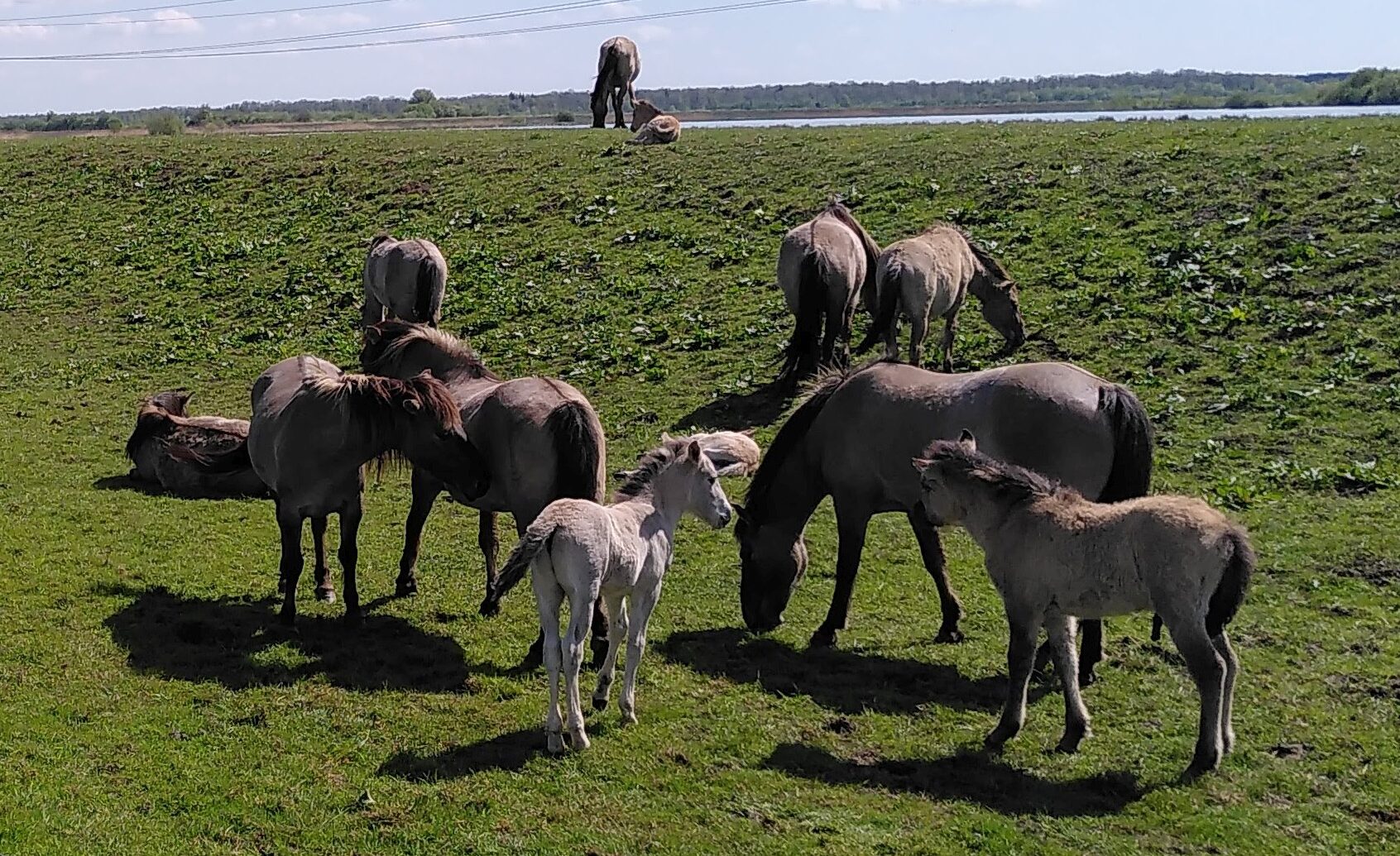Many people when addressing babies and their pets use so-called baby talk. I’m sure you know what I mean; even if you haven’t used it yourself, you must have heard it. This type of speech uses a wide range of pitch, frequently high. It is slow, simple and words are often repeated.
People use it when talking to any pet species and it has been shown that dogs are sensitive to it. For example, it helps attract dogs’ attention and they prefer to interact with people who use it over those who don’t.
Recently researchers have shown that horses are also sensitive to baby talk, or more scientifically: “pet-directed speech”.
When the experimenters used baby talk (in contrast to normal speech) while grooming, the horses appeared more relaxed and friendly. They moved back and forth less. They looked at the experimenter in a relaxed way (with ears pointing forwards) more. And horses even showed more grooming gestures toward the human – their upper lips were extended and moving and they gently nibbled the experimenter without threatening or biting.
Additionally, horses responded more correctly to pointing gestures when people used baby talk. The horse was given a choice between two buckets and the experimenter pointed to one of them. If the person used normal speech the horse chose one of the buckets by chance. But it often chose the bucket the experimenter was pointing to if the person was using baby talk.
Horses used in this study never experienced baby talk before, so their responses can’t be explained by earlier experiences. Rather baby talk might attract their attention (as happens in dogs) or convey positive intent and emotion, something which horses can react to.
In these experiments baby talk was accompanied by smiles (try not to smile when using baby talk) and horses can to some extent read human face expressions. Horses can also recognize joyful voice, so more research is needed to find out what exactly horses respond to when humans use baby talk – probably to the combination of cues, like dogs do.
Either way, next time when I go horse riding, I’m going to use baby talk when interacting with the horse, even if other people may look at me weird at first (before I tell them about this research).
Polską wersję tego wpisu możesz znaleźć tutaj.
Photo @Magdalena Kozielska-Reid


Nice to know. I always feel very silly when I talk to the neighboring ponies in baby language, so I only do it when no one is around. Same with the dog. I can do it now with more confidence.
Yes, do that. And if everyone looks at you weird, send them to my website or to me 😉